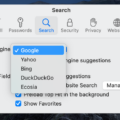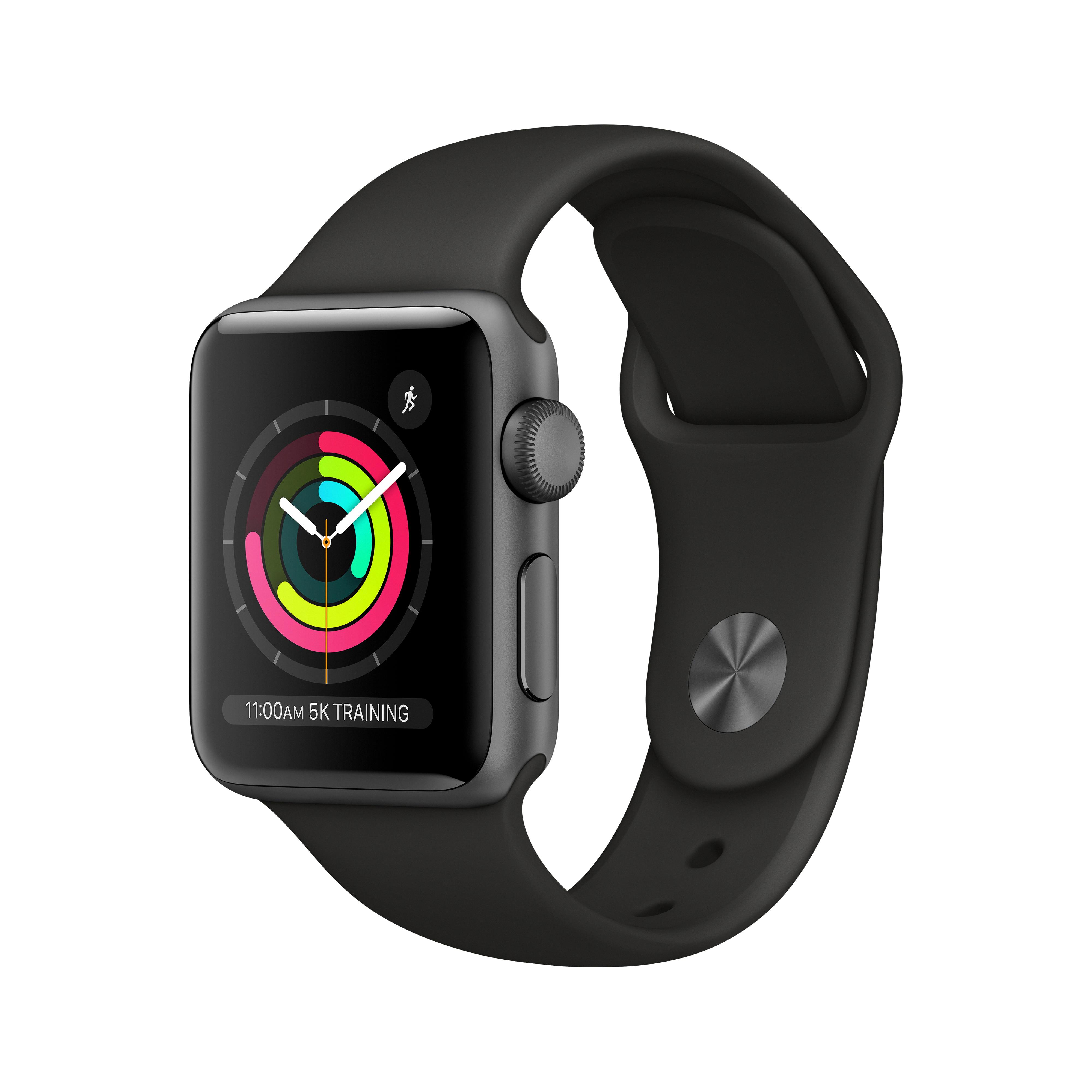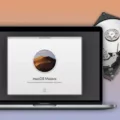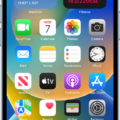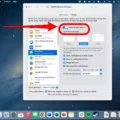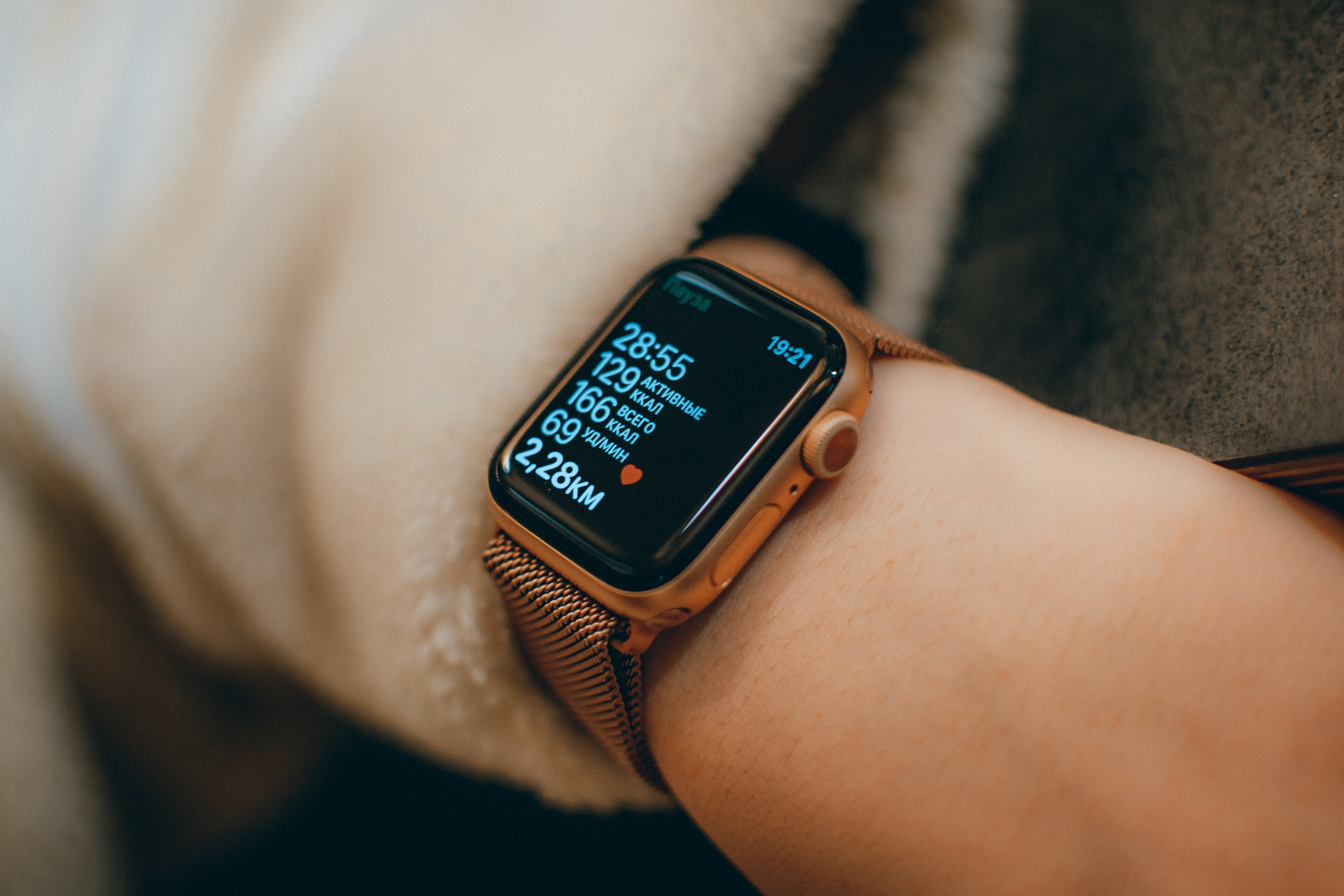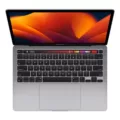If you’re a Mac user, you know how important it is to keep your computer running smoothly. But if you don’t pay attention to the idle timeout settings on your Macbook, it can cause your device to unexpectedly go into sleep mode. This can be a huge inconvenience, especially if you’re in the middle of working on something or downloading an important file. To avoid any unnecessary interruption, it’s important to understand how to adjust your Macbook idle timeout settings and make sure that your laptop doesn’t fall asleep when you don’t want it to.
The Macbook idle timeout setting is found in the System Preferences window, under the Energy Saver tab. Adjusting this setting will determine how long your laptop can remain inactive before it automatically goes into sleep mode. The default time for this setting is 15 minutes but you can choose any time interval from 1 minute to 6 hours depending on what works best for you.
If you set a shorter time frame than 15 minutes, make sure that you also adjust your display sleep settings accordingly so that they don’t overlap and cause confusion. To do this, go to the Desktop & Screen Saver tab in System Preferences and move the slider towards “Turn display off after x minutes of inactivity” where x is equal to or higher than the amount of time selected in the Energy Saver tab. This way, even if your laptop remains inactive long enough for its idle timeout settings to kick in, the display won’t turn off until after that amount of time has passed as well.
It may seem like a minor detail but adjusting these settings correctly can make all the difference when it comes to avoiding an annoying interruption while using your Macbook. So remember: when adjusting your Macbook idle timeout settings, make sure that they are consistent with those for the display and ensure that nothing overlaps or conflicts with each other!
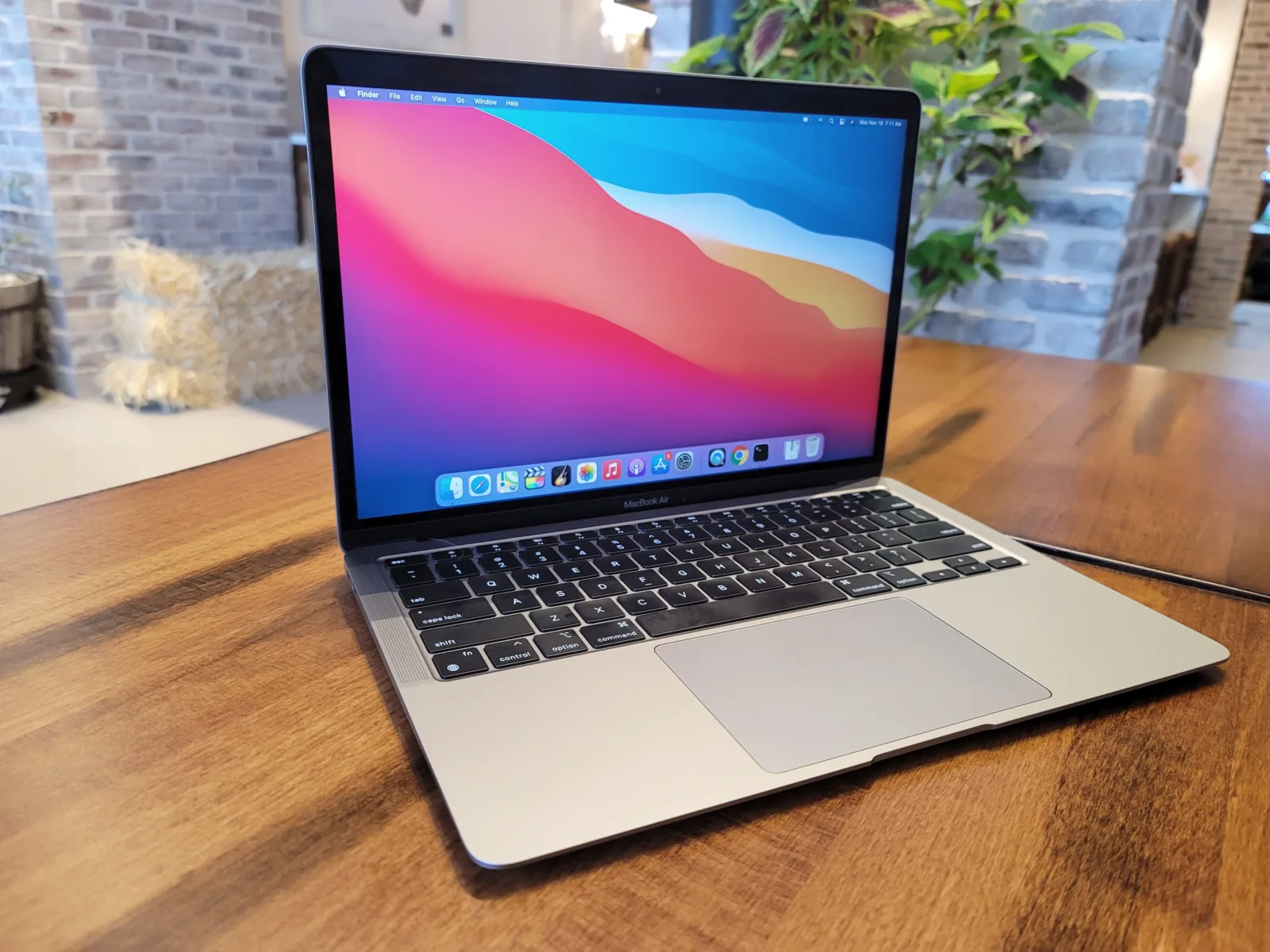
Changing Inactivity Timeout on Mac
To change the inactivity timeout on Mac, first open System Preferences from the Apple menu. Then click Desktop & Screen Saver and select Screen Saver. You can then use the slider to choose how many minutes of inactivity you want before your screen saver activates. The default setting is usually 15 minutes, but you can decrease this time or increase it if preferred. Once you’ve made your selection, click the red button at the top left corner of System Preferences to save your changes.
Stopping Mac from Idling
If you want to stop your Mac from idling, the best way to do this is to go to System Preferences > Energy Saver. Once there, tick the box next to Prevent the computer from sleeping automatically when the display is off and drag the Turn display off after slider to Never. This will ensure that your Mac won’t enter sleep mode and will stay active until you manually turn it off.
Preventing Mac from Locking After Inactivity
To stop your Mac from locking after inactivity, you can adjust the settings in System Preferences. First, open System Preferences by selecting it from the Apple menu. Then, click on Energy Saver. You’ll see a slider that allows you to choose how long your Mac will remain inactive before it locks. Set this to a longer period of time or never lock if desired. If you set your display to turn off before the screen saver starts, the screen saver won’t start after a period of inactivity either.
Preventing Mac from Going to Sleep
To keep your Mac from going to sleep, you will need to go to System Preferences > Battery > Power Adapter. From there, select “Prevent computer from sleeping automatically when the display is off” and move the slider to Never. This will ensure that your Mac does not enter sleep mode regardless of whether you close the lid or not. Be aware that leaving your Mac on for extended periods of time may lead to decreased performance and battery drain.
Why Does My Mac Screen Automatically Shut Off?
Your Mac screen turns off so fast because your computer’s sleep settings are set to put the display to sleep after a certain amount of time. To adjust this setting, open System Preferences, select the “Energy Saver” pane, and then adjust the “Turn display off after” slider. Additionally, some Mac models have an ambient light sensor that dims your screen automatically if the surrounding light dims.
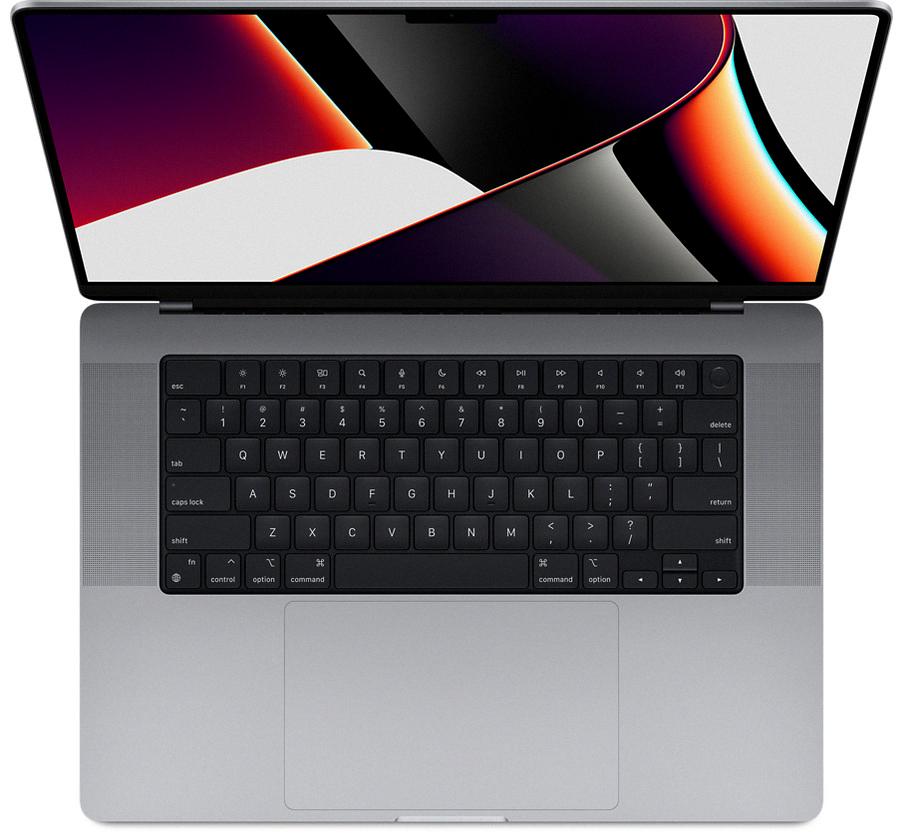
Source: apple.com
Preventing Computer Lockouts After Inactivity
To stop your computer from locking out after a period of inactivity, you can adjust your Windows settings.
First, open the Start menu and go to Control Panel > System and Security > Power Options. From the left pane, click on “Choose when to turn off the display.” Select “Never” from the drop-down menus for both “On battery” and “Plugged in”. This will ensure that your computer never turns off its display or locks out after a period of inactivity.
If you are using Windows 10, you can also adjust the lock screen settings. Go to Computer Configuration > Administrative Templates > Control Panel > Personalization and select Do not display the lock screen. This will prevent your computer from locking out after a period of inactivity.
By adjusting these settings, you can ensure that your computer stays unlocked even after periods of inactivity.
Conclusion
In conclusion, the Macbook idle timeout is a useful tool for conserving energy and preventing your computer from being left on for long periods of time. By going to System Preferences > Energy Saver, you can set the time of inactivity before your display turns off or your screen saver starts. This allows you to save energy while ensuring that your Macbook is secure if left idle for an extended period.

